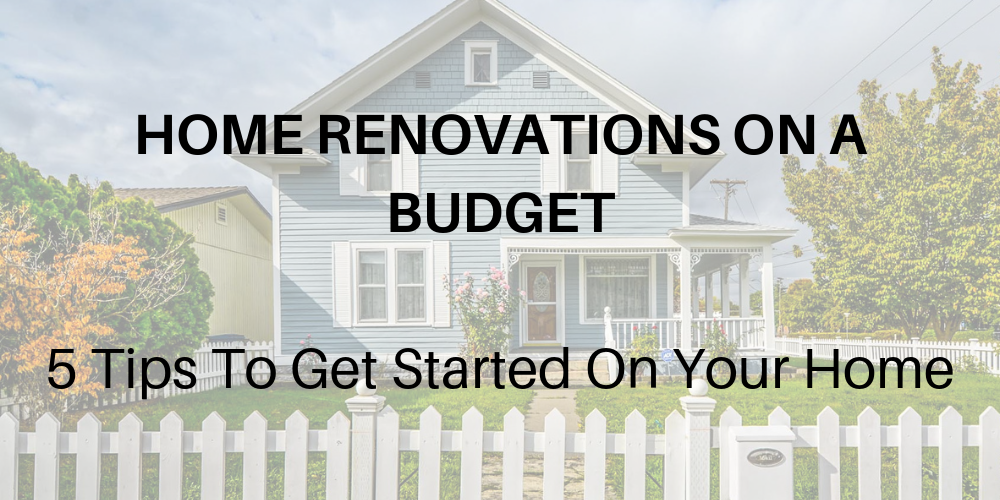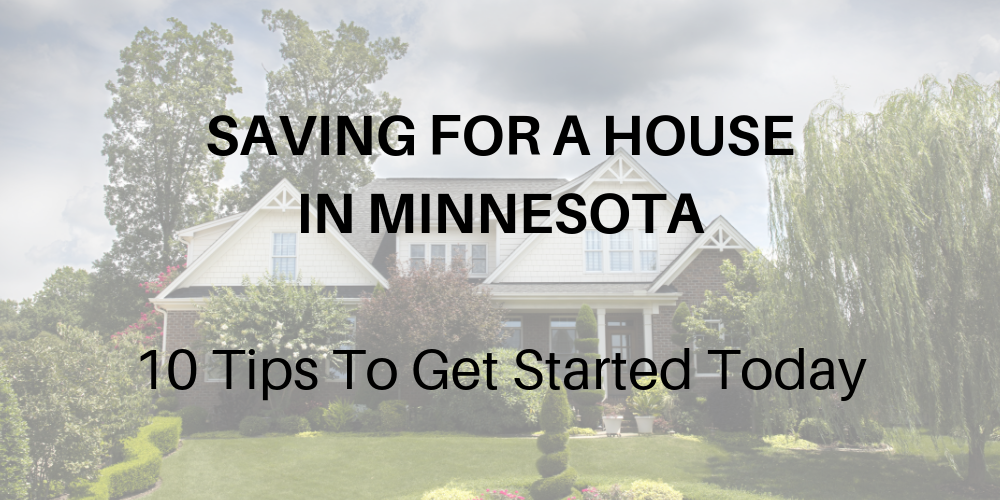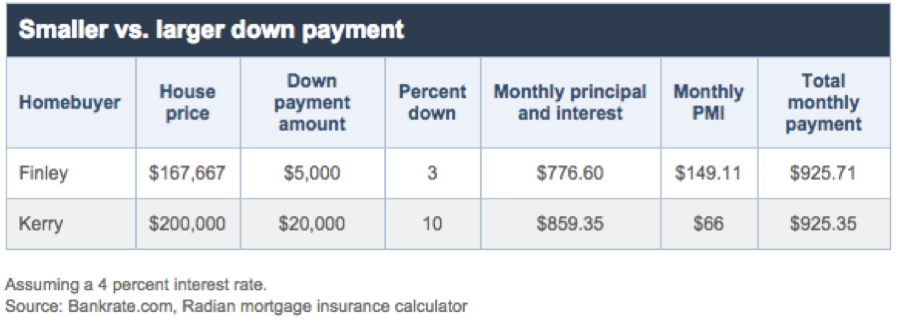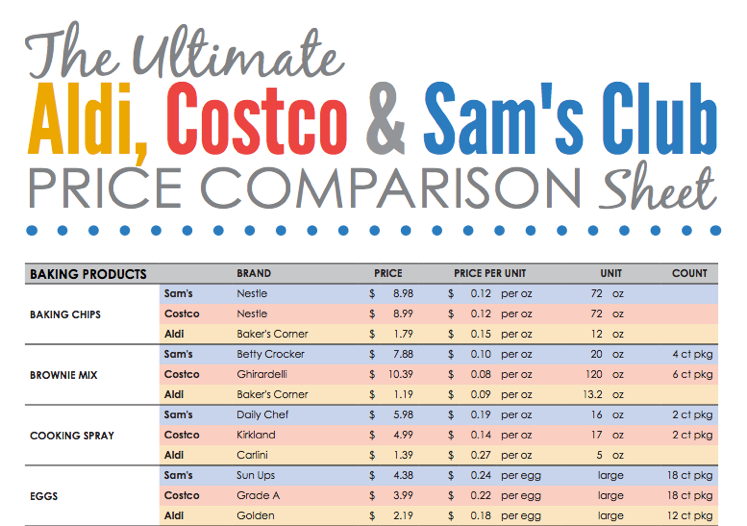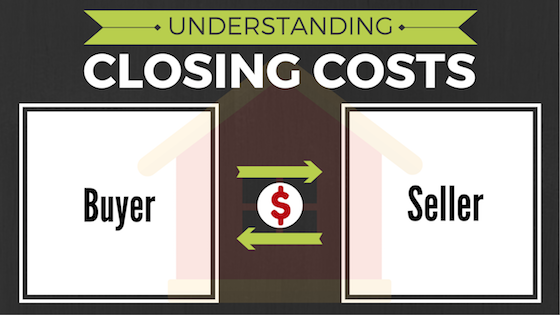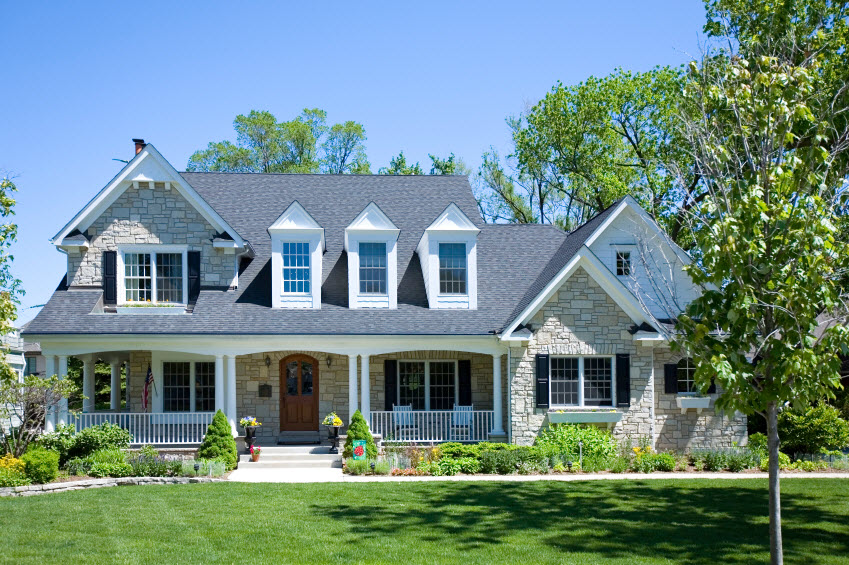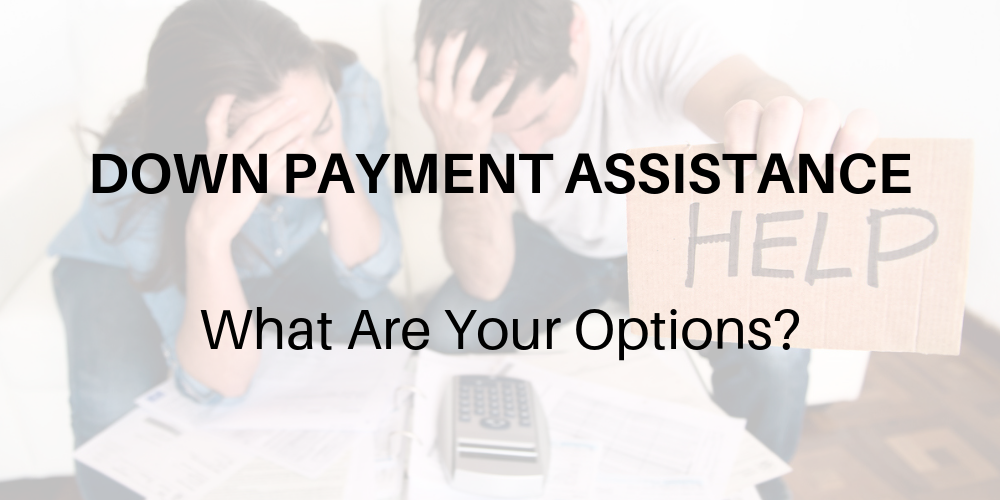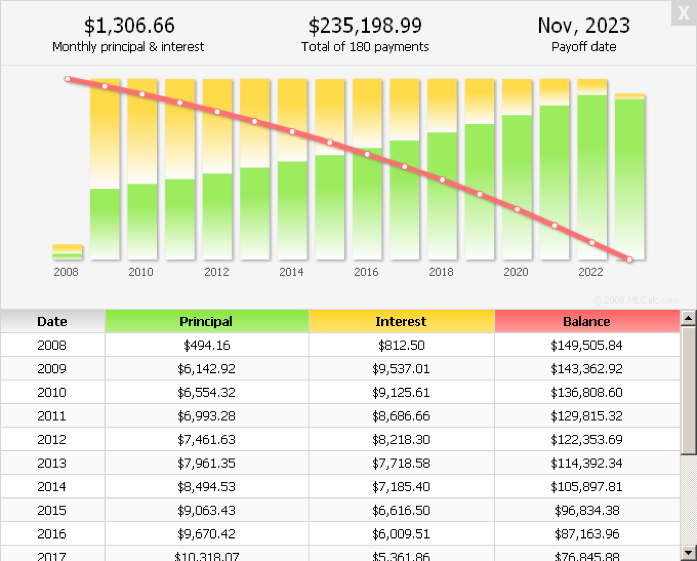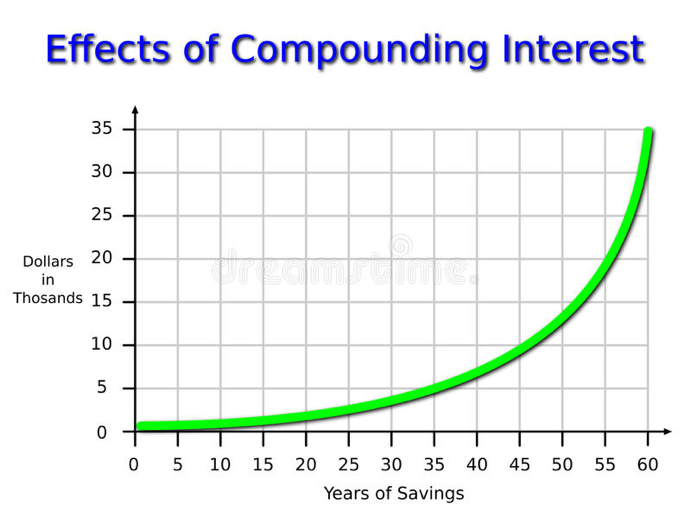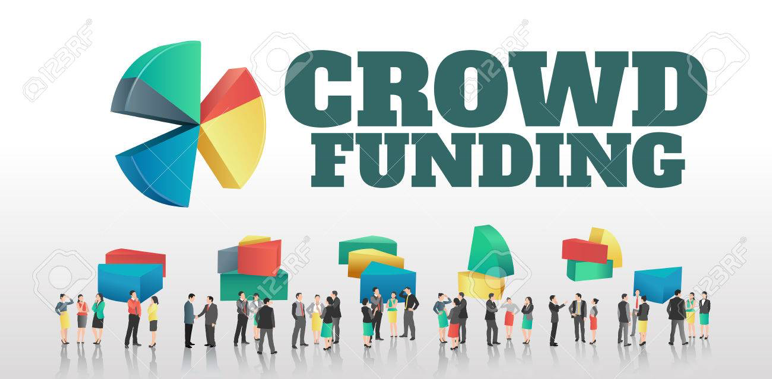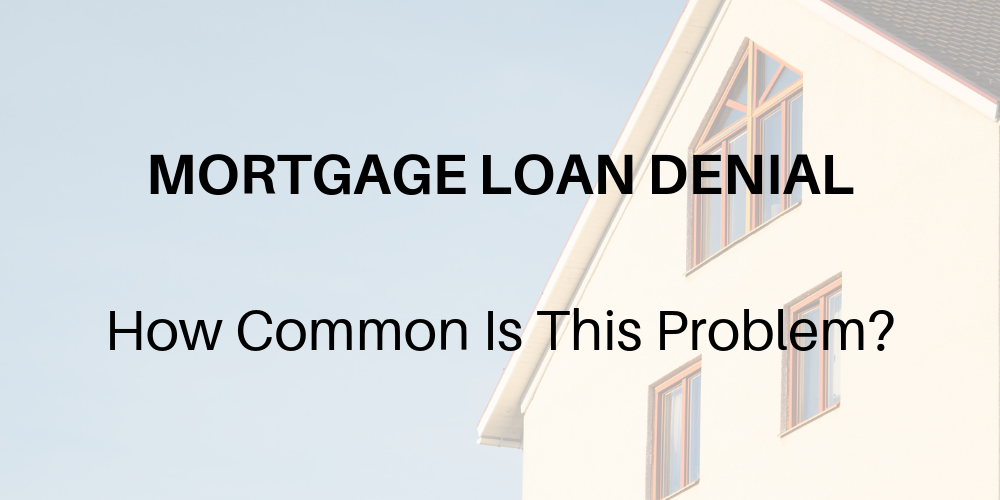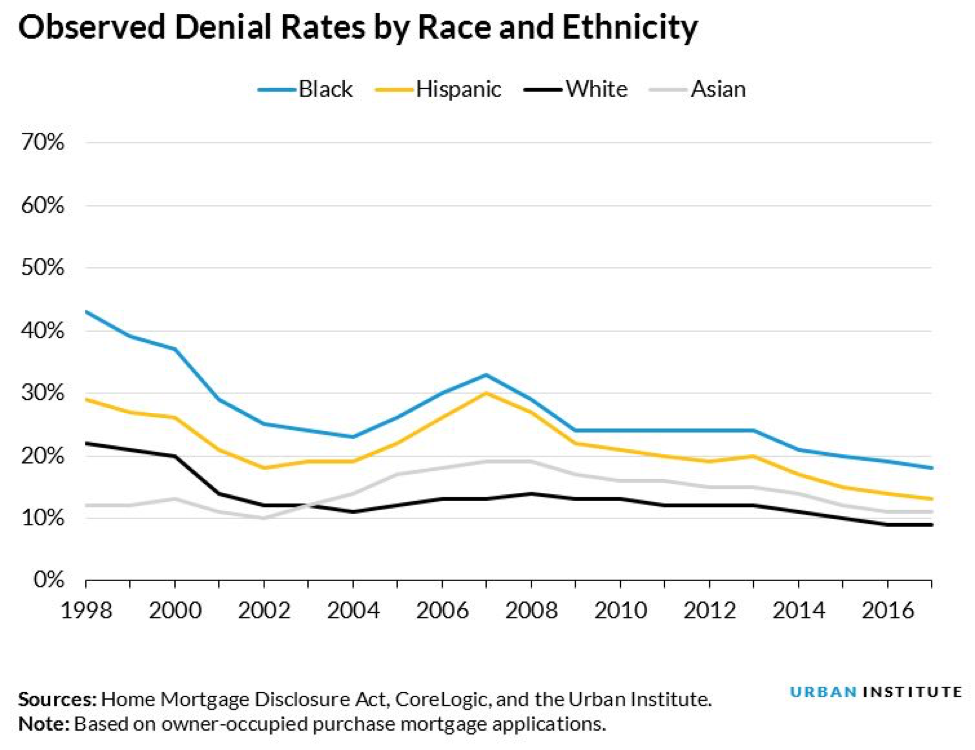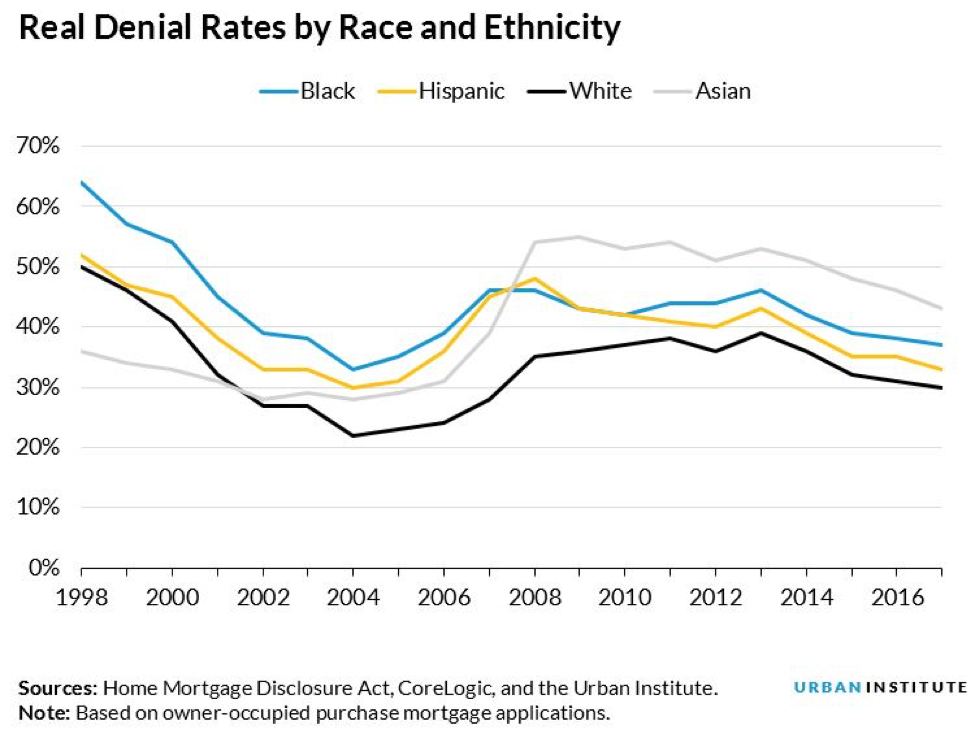Five Renovations That Add Value to Your House
https://www.c4dcrew.com/wp-content/uploads/2018/10/CONTRACT-FOR-DEED_-PROS-AND-CONS-18.png 1000 500 Sam Radbil Sam Radbil https://secure.gravatar.com/avatar/0cd60208d9de9b4ec7236a52868375f0187854b5ee1fefa7603d0294819d3045?s=96&d=mm&r=gThe title of this post should really be “Five Renovations That Add Value to Your House THIS Year in YOUR Local Real Estate Market.” The five best projects to do before you sell will depend on the year and your location. That said, home renovations on a budget can take a lot of work.
Health/safety issues and other big red flags should always top the list. If the roof leaks, your foundation cracked, or the walls contain mold, solve these problems.
After that, invest renovation dollars in appearance and the impression your house makes. Do the research: check the 2018 Cost vs. Value Report, and ask your realtor how to be competitive in your market.
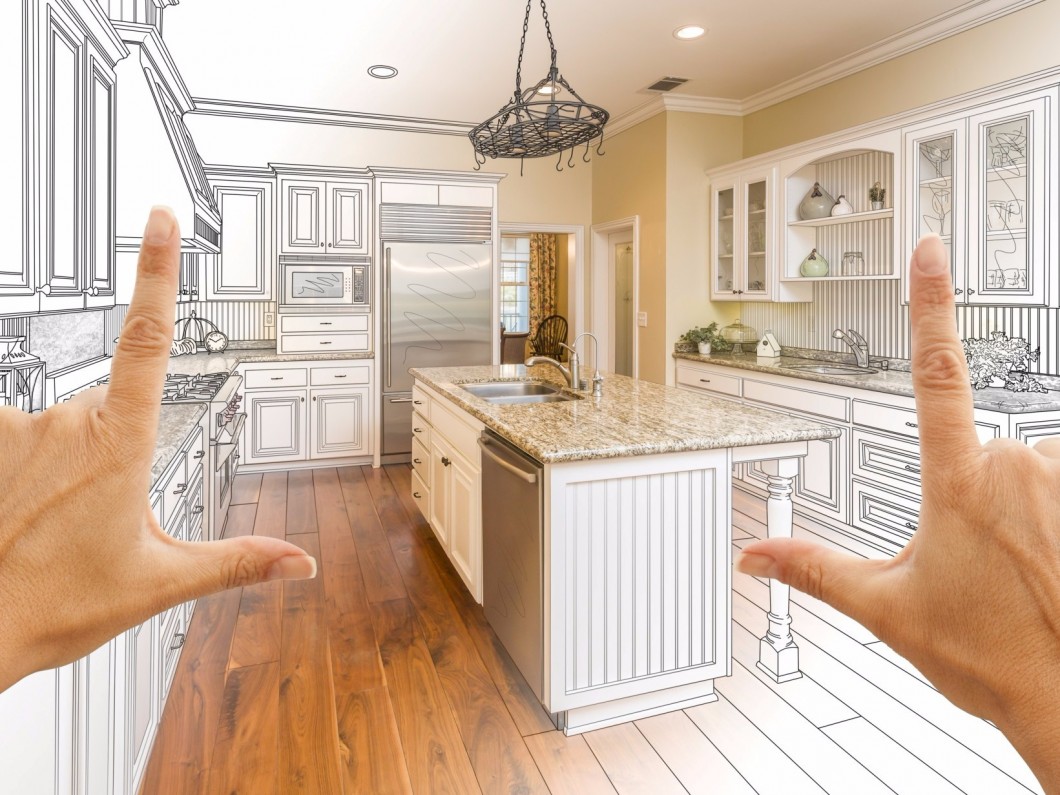
Curb Appeal is Out in Front
A house makes its first impression from the curb out front, which is why Curb Appeal consistently ranks #1 for Return on Investment. A lush lawn, for example, whether it needs reseeding or grooming, will repay what you put into it. As will well-tended plants and an inviting front door area with fresh details and good lighting.
The Cost vs. Value Report recommends some other projects for 2018. Replacing the garage door had the highest increase in ROI, up 18.6%. Outdoor living space has been a buyers’ priority in recent years, so the ROI for adding a wood deck is now up 17.7%. And, the report says, stone veneer is currently popular.
Kitchens and Bathrooms Count
Good kitchens and baths add value: People spend time in those rooms every day, and buyers often don’t want to take on expensive remodels. But buyers also don’t expect a house to be brand new, so you can add value without a full renovation.
The cost-conscious 2018 Report suggests that a little renovation is enough, and inexpensive small projects add up. Fresh paint, a new faucet, new lighting fixtures, and simple, matching pulls on cabinets and drawers go a long way, while refinishing cabinets costs much less than replacing them.
It’s important to ask your agent about the market before you make plans for home renovations on a budget. If comparable homes for sale all have granite countertops, you might need to invest to keep up.
Energy and Weather Upgrades
What is true for countertops is also true for energy upgrades. You might assume, for example, that today solar power and panels are always a winner. If everyone around you does have them, that’s one thing. But if not, think carefully about this renovation.
In some climates, solar panels just can’t bring ROI. They can even turn buyers off because technology changes so rapidly; like the latest phone, home technology becomes yesterday’s news fast. Also, leased panels add to the monthly payment. Realtors have found this added cost discourages buyers despite the panels’ money-saving potential.
However, no matter where in the world you live, there are always ways to make your home more energy efficient.
Depending on your climate, good weather-proofing around doors and windows, and servicing or replacing the HVAC system, can be a better investment. Attic insulation, where applicable, has always had high ROI. Some communities even offer free energy-efficiency assessments and advice that can help you add value.
Wonderful Wood
The wood floor remains eternally popular, for practical and aesthetic reasons. If you have wood floors, refurbishing them to look their best is worth the investment. You may not get full ROI, but floors are a large visual in any house, and beautiful wood floors have a “wow” factor.
If you don’t have wood floors, you may want to invest in them, or in laminates that resemble wood but cost less. After all, you are moving out, and it’s important to think like a salesperson.
Home Renovations on a Budget
Whatever home renovations on a budget that you choose, don’t underestimate decluttering, deep-cleaning, and staging. Realtors agree they are key steps to presenting a home that prospective buyers can imagine living in, and that is what sells houses.
All your personal stuff, signs of everyday life, and anything other than minimal, fairly neutral décor, needs to disappear. Let people see the house itself, a house where they could potentially live, rather than the house where you live. Remember to declutter closets and storage areas, too, to highlight their spaciousness.
Deep-clean the house from ceiling to floor, including washing walls, cabinet corners, and inside appliances. Buyers will notice and like sparkling cleanliness, which often does increase their offers, adding real value. Don’t neglect smells as part of your cleaning.
Staged homes consistently sell more quickly and for more money than empty homes. You or a professional stager can arrange rooms for easy flow and to display the lifestyle the house offers. Emphasize features like fireplaces and views, and define “extra” rooms as offices, family spaces, etc. Create vignettes that give spaces atmosphere and tell a story. These steps matter outside as well, so declutter and groom your landscaping, and stage outdoor living areas.
No amount of renovation will compensate for a cluttered, dirty house. And these three steps are the frosting on the cake of your other home renovations on a budget.
If you’re looking for a home to get started in Minnesota — contact us today!

